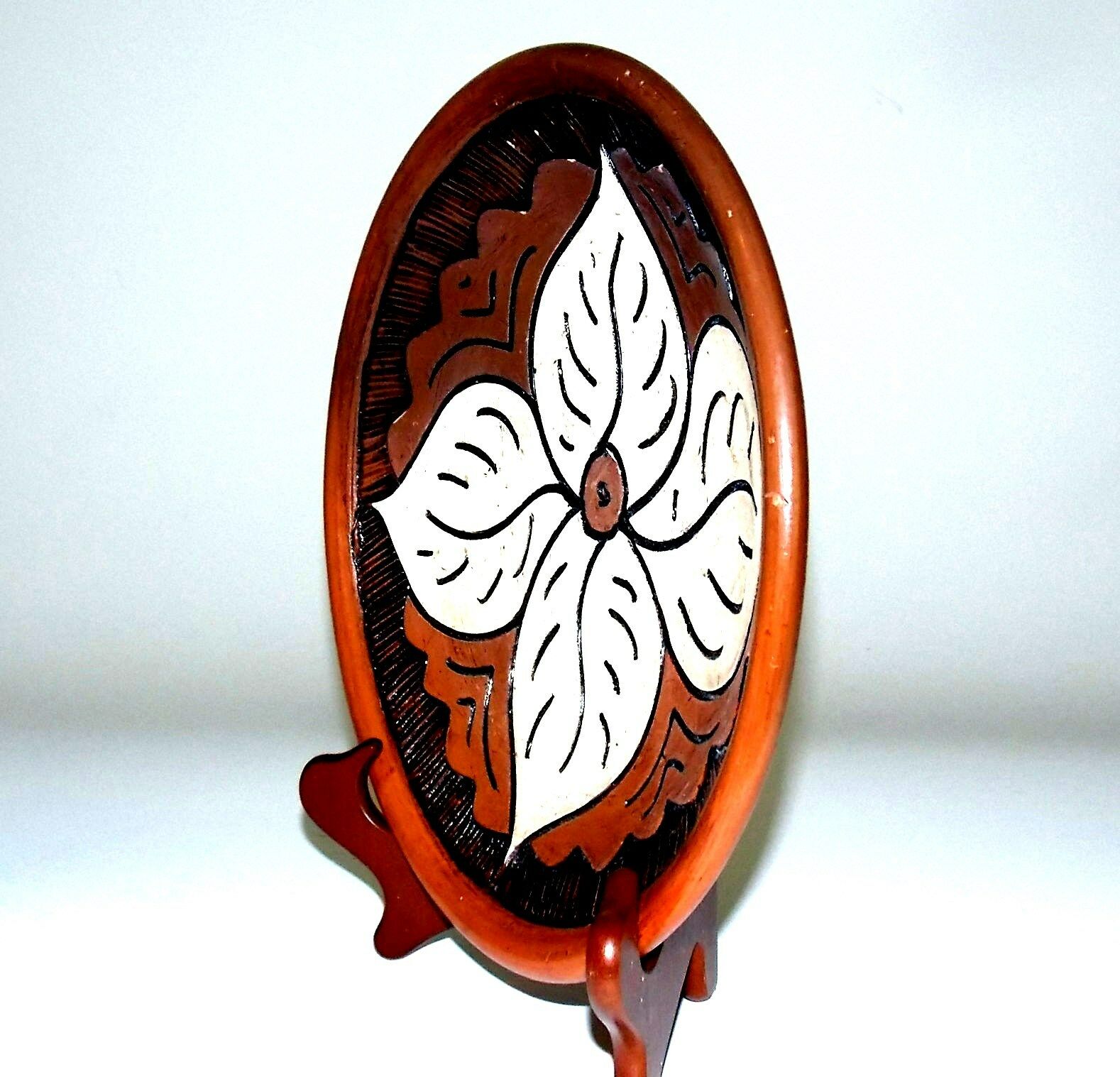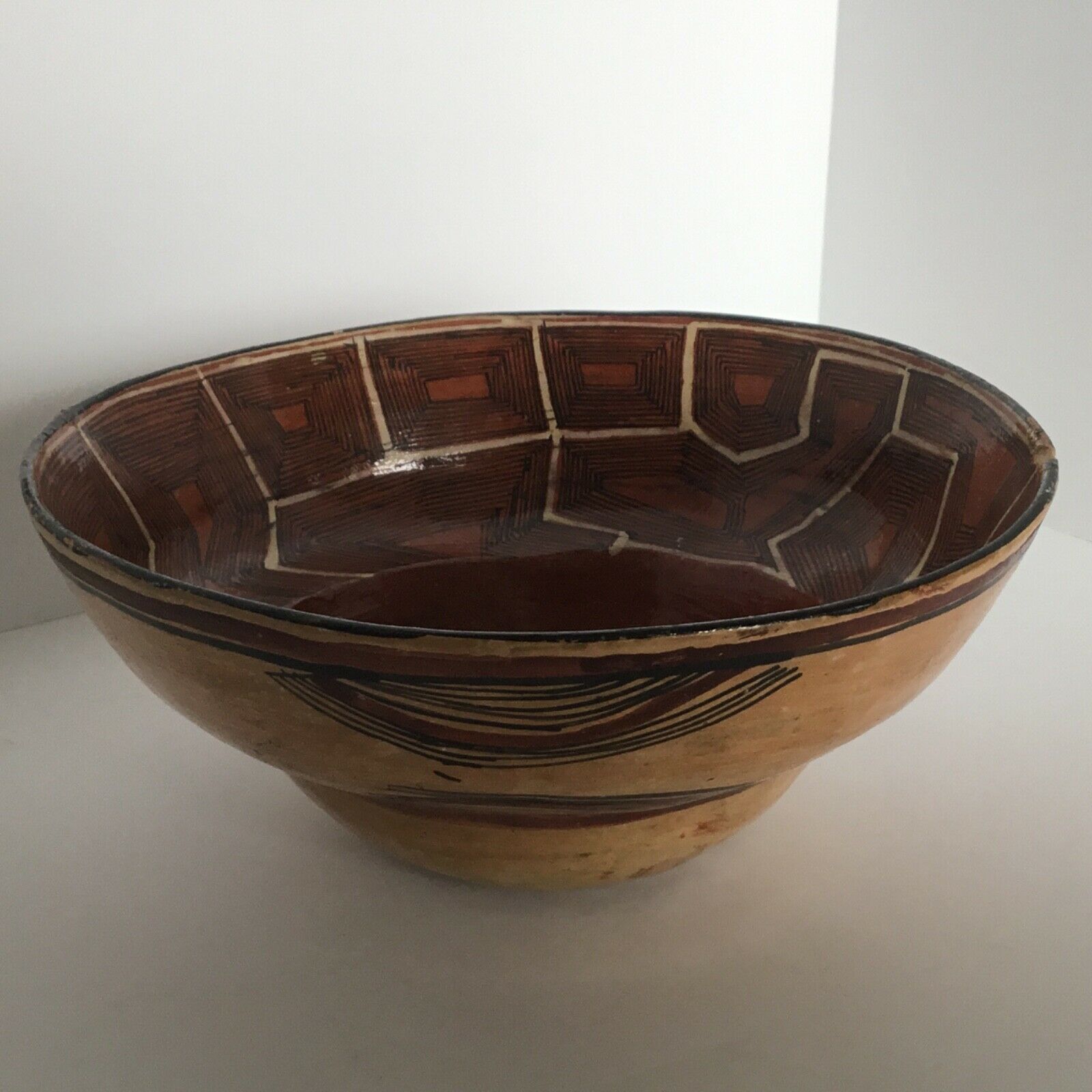-40%
CERAMIC ART PLATE BY BRAZIL MARAJO ISLAND NATIVES BROUGHT TO USA BY BILL GIBBS
$ 34.31
- Description
- Size Guide
Description
Made by Amazon Rain Forest Indigenous Inhabitants on the ancient island of Marajo* and brought to the USA in 1989 by Bill Gibbs (see note attached to back of plate - the note writer misspelled "Marajo.") Approximate dimensions are: 10 3/4" diameter and 2" height.This item is in excellent vintage condition with no chips or cracks noted.
Any questions, please ask:
We try to show and describe our merchandise perfectly but may inadvertently overlook something when listing a vintage item. If you have an issue with any of our listings, please let us know and we will do our best to resolve it.
Pictures ARE a part of the description. Please review them carefully. We try our best to ship the day after payment is received, Monday-Saturday. Paypal only. Please pay for your item as soon as practical so that we may proceed with shipment.
*
In the Amazon region, several groups of potters dedicate themselves to preserve the legacy of their ancestors, indigenous populations who inhabited
Marajo
Island
long
before the European conquest. They have studied the techniques and iconographic symbols created in prehistoric times and now produce beautiful ceramic vessels, plates, and figurines, which are replicas of archaeological specimens.
Marajó is the massive fluvial island in the delta estuary of the Amazon River and has long been recognized as an area dominated by pre-Columbian complex societies—meaning regionally integrated and internally ranked social formations—generally referred to as Marajoara. Early theories suggested that Marajoara polities were immigrants from Andean civilization who could not sustain their high level of economic productivity and large populations in this tropical forest setting. They devolved into the generalized Amazonian ‘tropical forest culture’. Later researchers favoured
in situ
development and expansion of a generalized riverine tropical forest pattern to explain Marajó and other densely populated areas along the Amazon River
(
Carneiro 1970
;
Lathrap 1970












